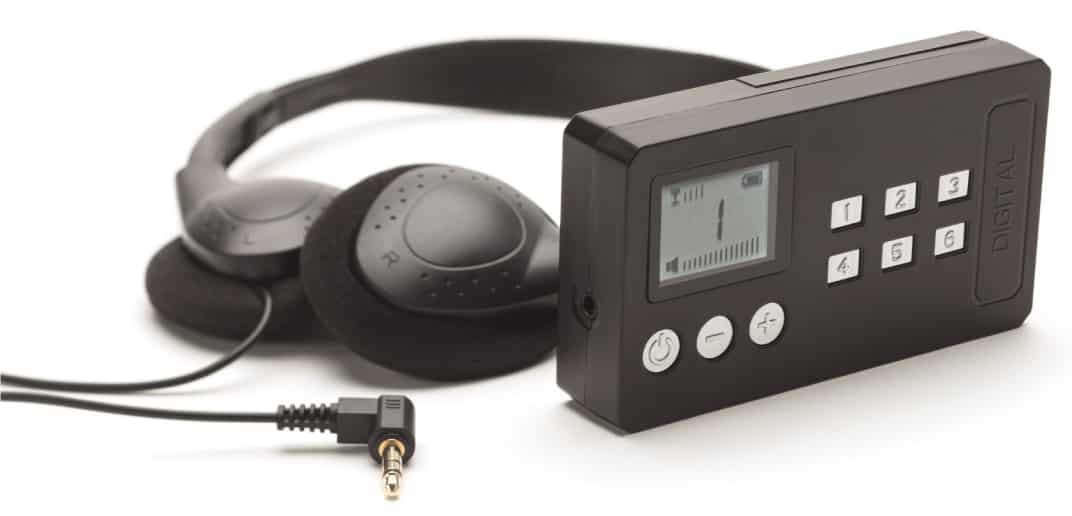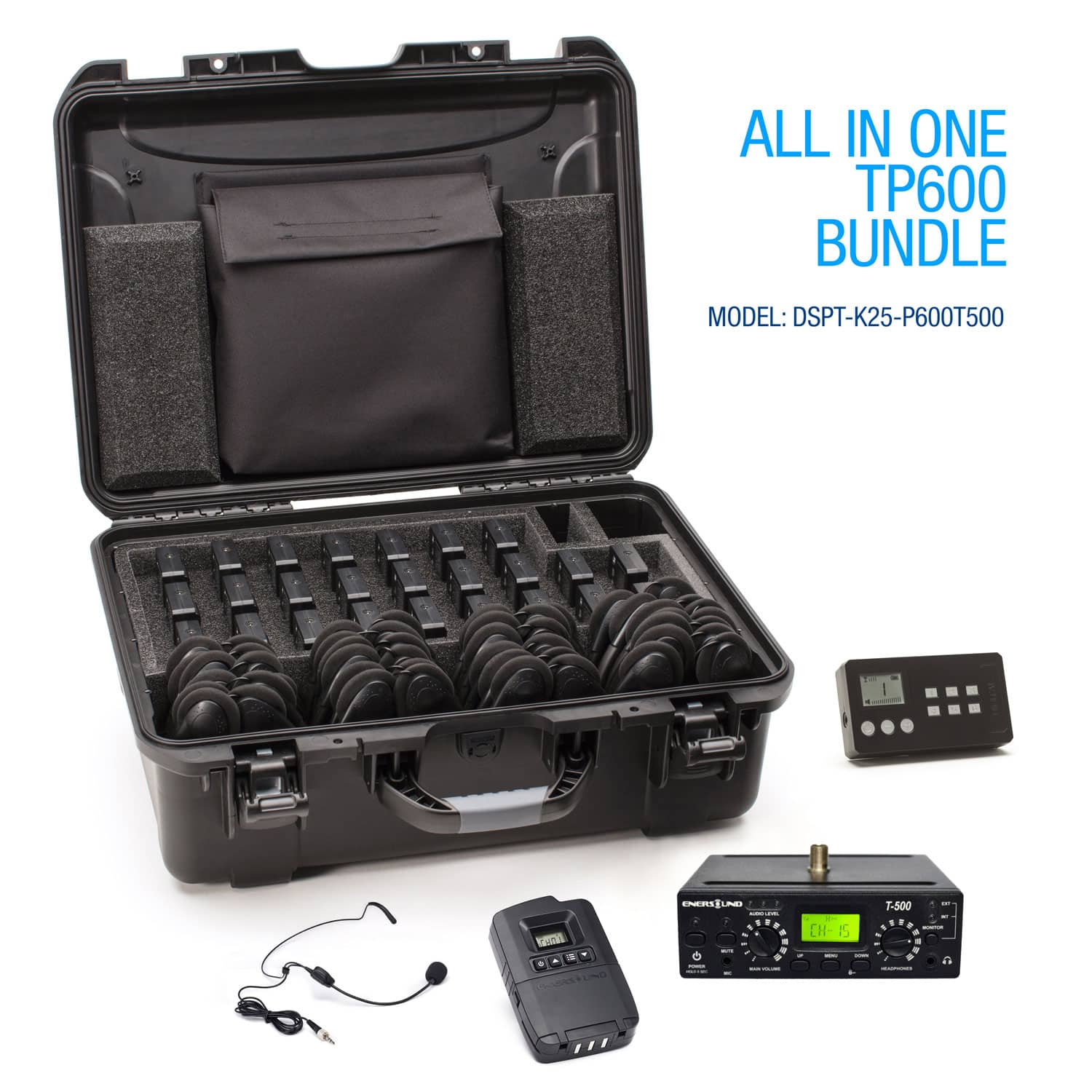Simultaneous interpretation equipment in Gatineau


Translation and Interpretation Systems and equipment in Gatineau

This article explains the information you need to know about simultaneous interpretation equipment for end users in Gatineau.
What is simultaneous interpretation
Simultaneous interpretation is a method employed for translating intricate languages in real-time. This approach is frequently utilized by interpreters and tour guides in their roles as translators. They operate within a simultaneous interpretation booth, which is furnished with advanced audio technology and specialized wireless equipment.
A brief history of simultaneous interpretation equipment
Approximately 102 years ago, Edward Filene and Alan Gordon Finlay made the first attempt to develop simultaneous interpretation equipment, known as the Filene-Finlay simultaneous translator. At that time, the system involved reading pre-translated texts prior to each event, with no one aware that live simultaneous interpretation would eventually become possible.
Following the Second World War, the Nuremberg trials featured simultaneous interpretation equipment that closely resembled today’s technology. The United Nations played a significant role in refining this equipment, becoming the birthplace of modern simultaneous interpretation.
Simultaneous interpretation equipment today
In contemporary times, simultaneous interpretation is widely utilized by interpreters at conferences. Consequently, manufacturers are constantly upgrading and innovating their equipment to keep up with technological advancements. To find the most suitable solution, it is advisable to rely on a company that specializes exclusively in this type of equipment. The pursuit of satisfaction and perfection is the driving force behind this recommendation.
A specialized company not only possesses its own equipment but also maintains working relationships with major enterprises. It is through these connections that they can enhance their operational capabilities. Thus, it is preferable to acquire conference interpreting services and rent simultaneous equipment from the same provider. By doing so, rather than shopping around and potentially acquiring equipment that fails to meet your needs, you can ensure a more seamless and effective experience.

What configurations of simultaneous interpretation equipment exist?
Now that we know the definition of simultaneous interpretation, let’s see the configurations of its equipment. There are three types of configurations: permanent installations, portable configurations and whispering equipment.
Permanent installations
In this type of configuration, the task is to permanently integrate the simultaneous interpretation systems into a conference. While this is a very practical situation, they cannot be used anywhere other than where they have been installed. This is not suitable for conferences where a gesture is required to pass the message to the assistants. The conference microphone will be fixed in one place for this configuration.
Portable/mobile configurations
This is for hotels that do not have permanent facilities. For this purpose, interpreters or hotels must have equipment called Portable Interpreter Kits. In this case, the equipment must be installed well before the conference takes place to avoid any kind of conflict. Therefore, there should be at least two interpreters at the conference. One is in charge of the installation and assists, the other does the work and more are needed for large conferences. Unlike permanent installations, mobile equipment can be set up anywhere.
Whispering equipment
This is a mixed portable combination of standard wireless receivers and a portable wireless transmitter. The advantage is that with this equipment, participants can move back and forth in the conference room. However, this is not suitable for standard one-room conferences.

What equipment is inside the simultaneous interpretation booth?
Simultaneous interpretation console
In a simultaneous interpreting booth, you will find the console, which is an electronic box. It is equipped with audio connections that link the interpreters’ headphones and microphones to facilitate their interpreting work. The interpreters have several headsets at their disposal in order to diversify their tasks. This is very useful, as it cannot be denied that when you work a lot, you often mix things up.
Interpreters also use numerous switches to help them switch between different languages without difficulty. With these tools, they can always control the volume of the headphones, for example, even from a distance. It is also possible to temporarily mute the microphone if necessary. In this interpreting console you can find :
Interpreter’s headset
As a general rule, an interpreter needs the right headset to ensure that his or her work is perfect. For this purpose, binaural headphones are recommended, as they can help interpreters by facilitating their listening to the original speech.
Interpreter microphone
There are three primary options for interpreter equipment: headset integration, console-integrated interpreter microphones, and stand-alone tabletop microphones.
The first option, headset integration, is highly practical as it allows interpreters to keep their hands free while working. This setup is recommended because it enables interpreters to move around the conference room with the microphone and headset, preventing any disruptions in the middle of a meeting. A heavy-duty interpreting equipment system receiver ensures the smooth operation of this setup.
The second option, integrating interpreter microphones into a console, is less practical compared to the first. The console’s upper surface is partially occupied by a dedicated microphone connector, which can sometimes hinder an interpreter’s workflow.
The third option, the stand-alone tabletop microphone, is the least practical compared to the other two. Unlike the headset option, it must remain attached to the interpreting desk. A cable connects the console to the microphone, limiting an interpreter’s mobility during a conference. Additionally, any movement of the cable may interfere with the audio quality, potentially disrupting the meeting attendees.

